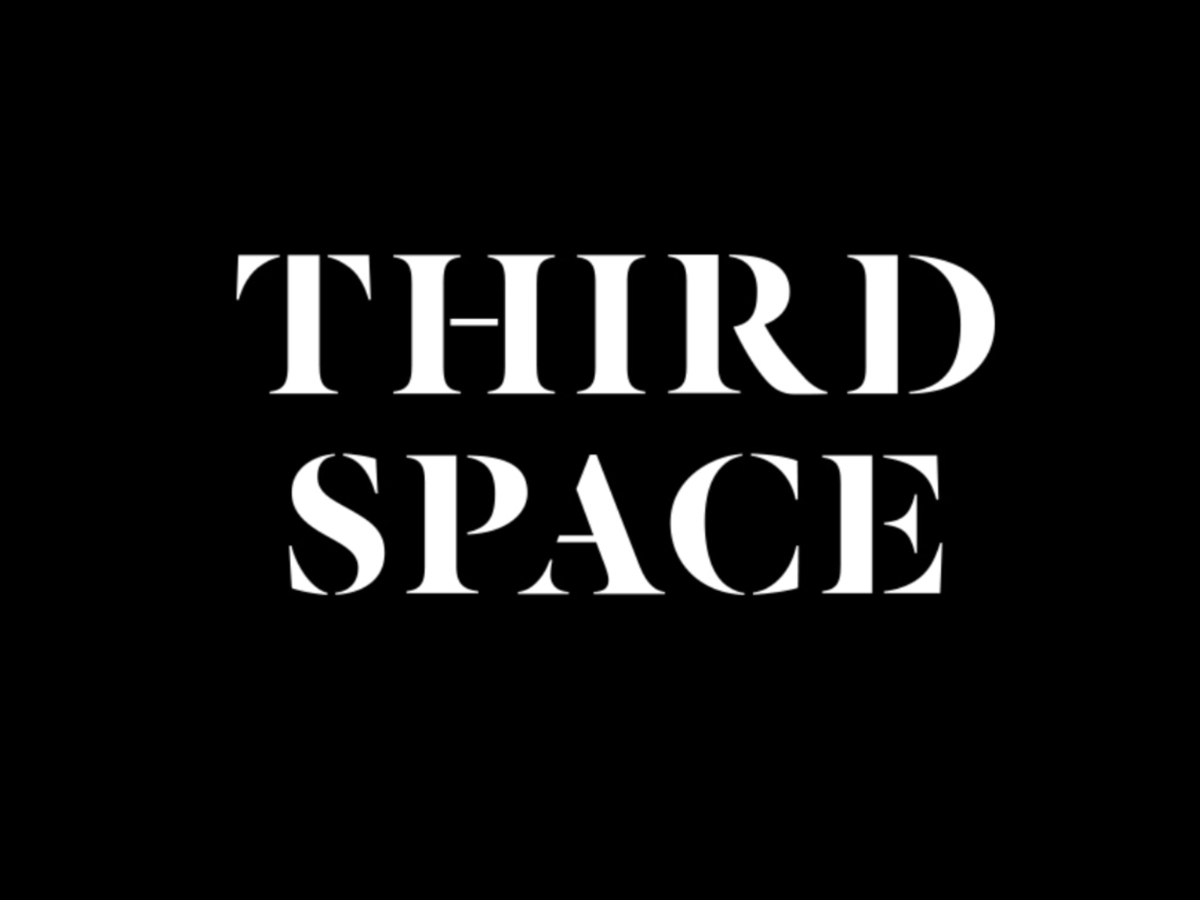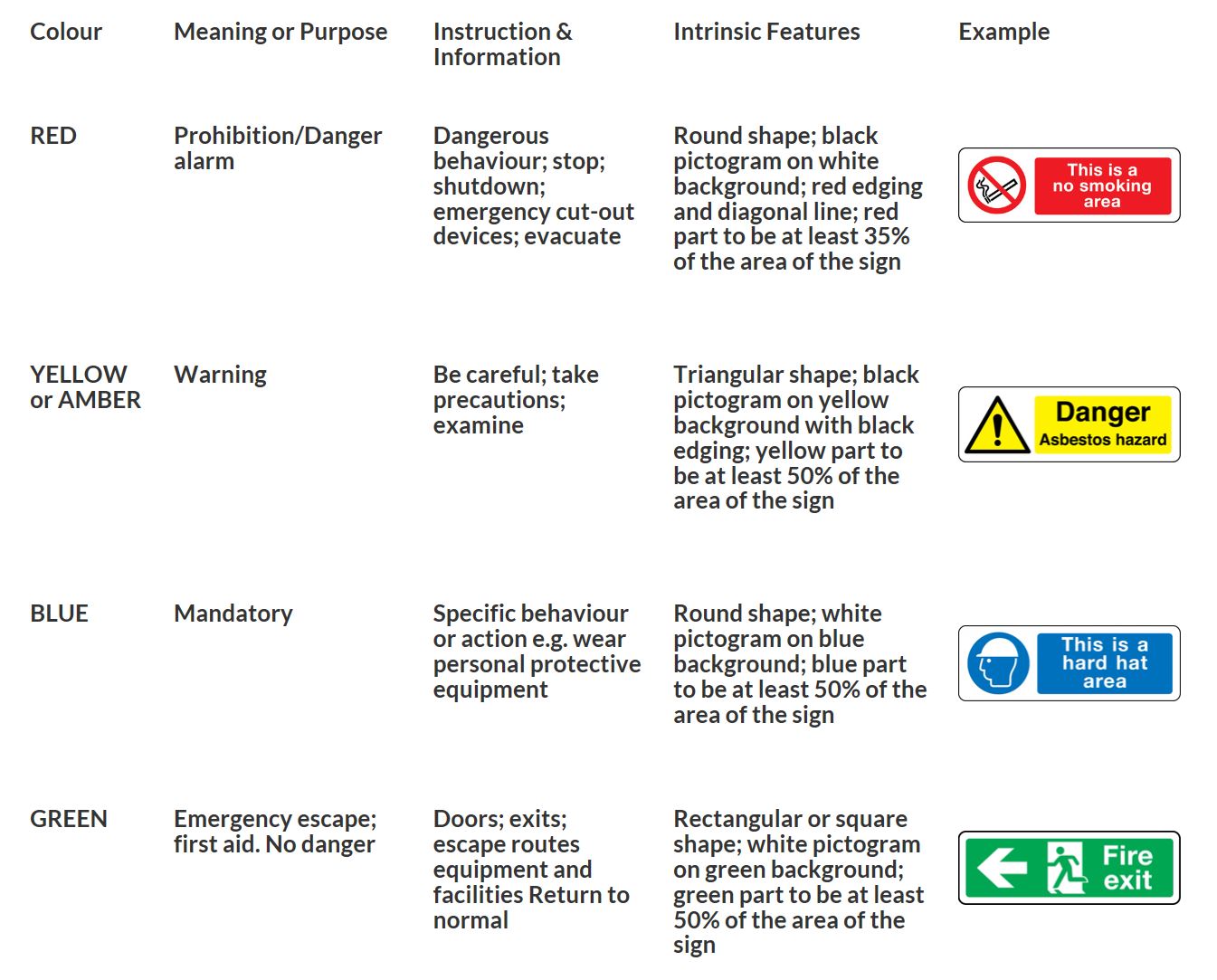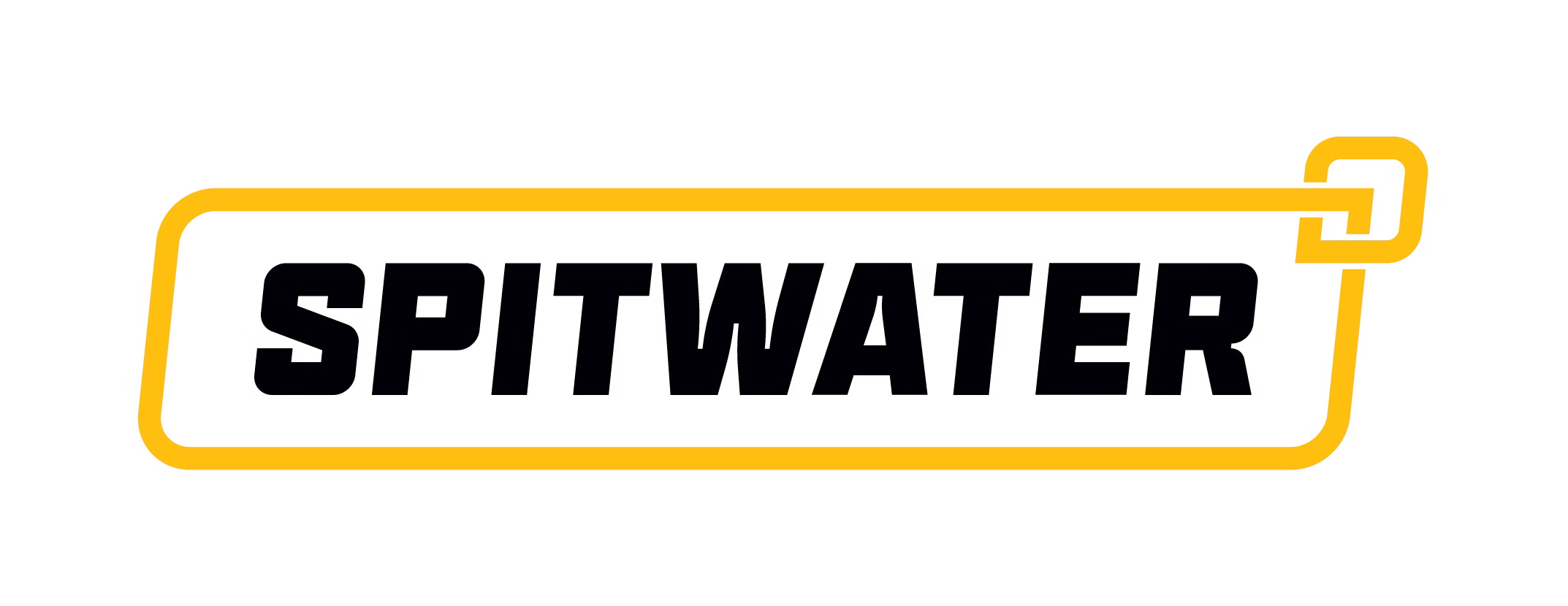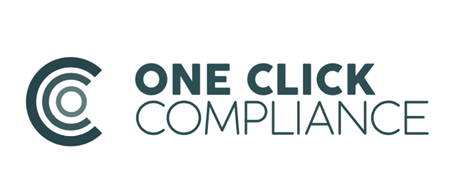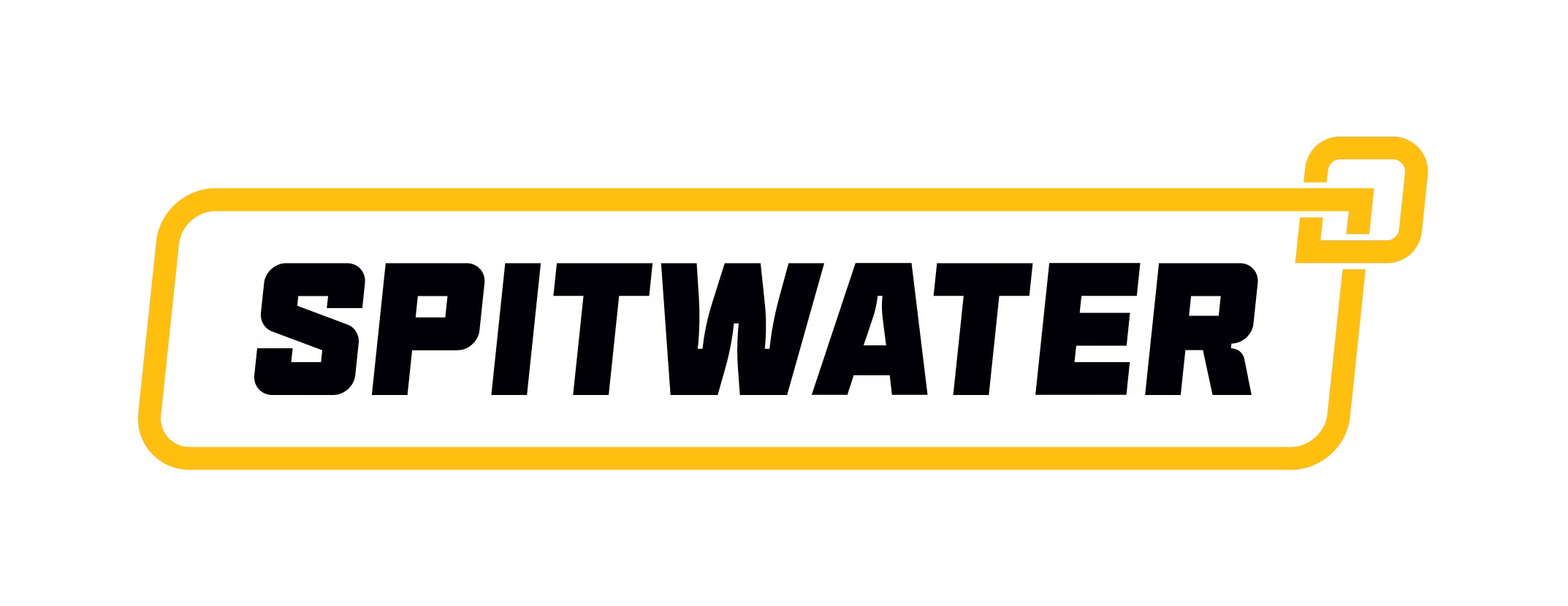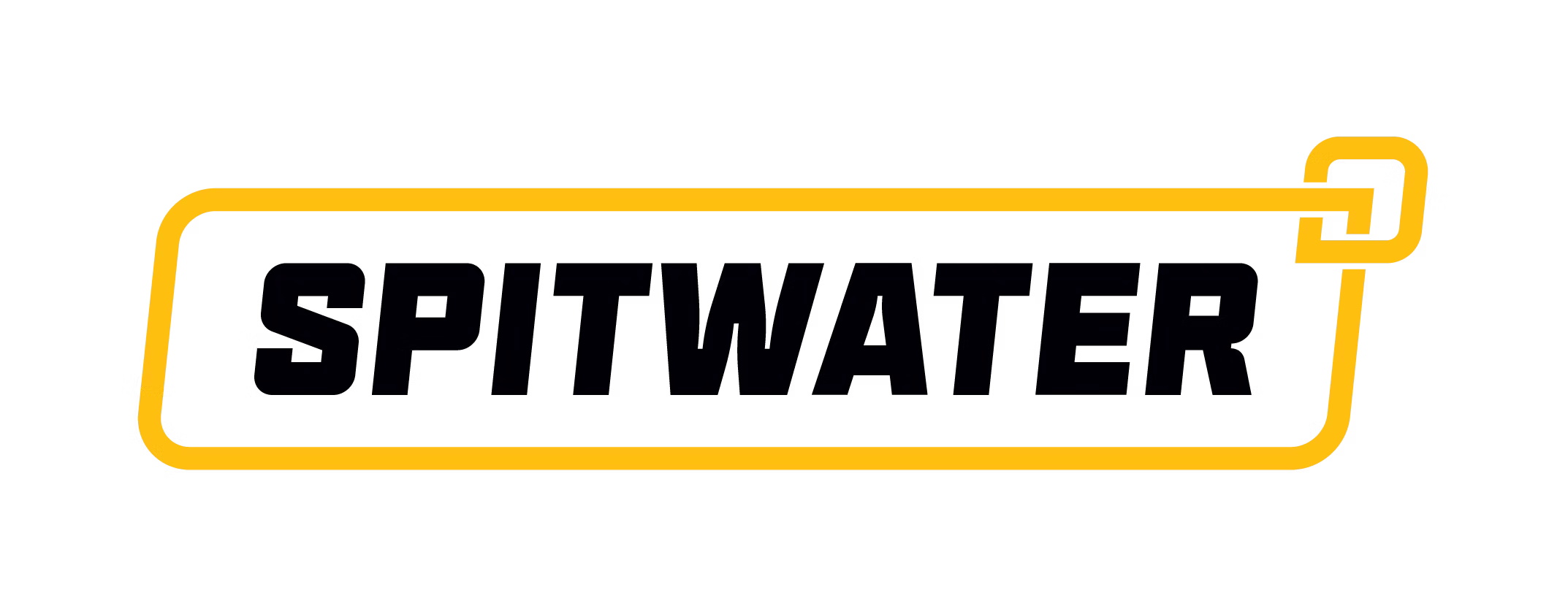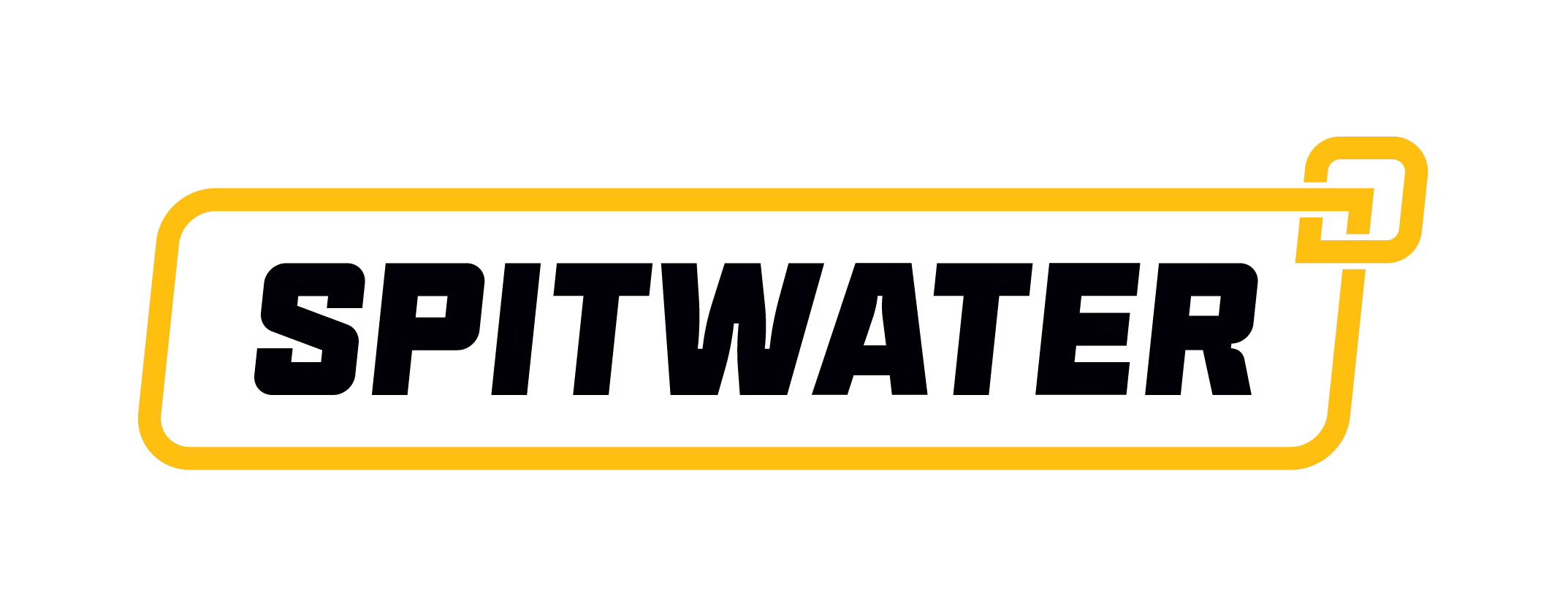Title Page
-
Risk Assessment
-
Third Space
-
Prepared by
-
When carrying out a risk assessment consider the hierarchy of controls and first establish if the task or activity can be eliminated or substituted and then go on to consider further control measures
-
Date carried out
-
Title of risk assessment
-
Describe the activity or condition including all important information
-
Add images for reference
List one by one the hazards that have the potential to cause harm and who can be harmed and the possible results of that harm lastly followed by the subsequent control measures in place and if possible add media for reference. You can add additional hazards under the same title one by one.
-
Slips and trips
slips and trips
-
Who might be harmed?
- Staff
- Visitors
- Minors
-
Resulting in?
- Cuts/abrasions
- Impact injuries
- Crushing injury
- Biological injury
- Illness
- Electrical shock
- Minor injury
- Serious injury
- Death
- Muscular
- Skeletal
- Scalds/burns
- Allergic reaction
-
Control measures
how will this risk be controlled?
-
Add media
-
Slips Trips and falls training required?
-
Fall from height
fall from height
-
Who might be harmed?
- Staff
- Visitors
- Minors
-
Resulting in?
- Cuts/abrasions
- Impact injuries
- Crushing injury
- Biological injury
- Illness
- Electrical shock
- Minor injury
- Serious injury
- Death
- Muscular
- Skeletal
- Scalds/burns
- Allergic reaction
-
Control measures
how will this risk be controlled?
-
Add media
-
Working at Height or Ladder training required?
-
Electrical hazard
electrical hazard
-
Who might be harmed?
- Staff
- Visitors
- Minors
-
Resulting in?
- Cuts/abrasions
- Impact injuries
- Crushing injury
- Biological injury
- Illness
- Electrical shock
- Minor injury
- Serious injury
- Death
- Muscular
- Skeletal
- Scalds/burns
- Allergic reaction
-
Control measures
how will this risk be controlled?
-
Add media
-
Electrical Safety training required?
-
Biological hazard
biological hazard
-
Who might be harmed?
- Staff
- Visitors
- Minors
-
Resulting in?
- Cuts/abrasions
- Impact injuries
- Crushing injury
- Biological injury
- Illness
- Electrical shock
- Minor injury
- Serious injury
- Death
- Muscular
- Skeletal
- Scalds/burns
- Allergic reaction
-
Control measures
how will this risk be controlled?
-
Add media
-
COSHH and PPE training required?
-
Chemical hazard
chemical hazard
-
Who might be harmed?
- Staff
- Visitors
- Minors
-
Resulting in?
- Cuts/abrasions
- Impact injuries
- Crushing injury
- Biological injury
- Illness
- Electrical shock
- Minor injury
- Serious injury
- Death
- Muscular
- Skeletal
- Scalds/burns
- Allergic reaction
-
Control measures
how will this risk be controlled?
-
Add media
-
COSHH and PPE training required?
-
Fire hazard
fire hazard
-
Who might be harmed?
- Staff
- Visitors
- Minors
-
Resulting in?
- Cuts/abrasions
- Impact injuries
- Crushing injury
- Biological injury
- Illness
- Electrical shock
- Minor injury
- Serious injury
- Death
- Muscular
- Skeletal
- Scalds/burns
- Allergic reaction
-
Control measures
how will this risk be controlled?
-
Add media
-
Fire Awareness/Fire Warden training required?
-
Manual handling hazard
manual handling hazard
-
Who might be harmed?
- Staff
- Visitors
- Minors
-
Resulting in?
- Cuts/abrasions
- Impact injuries
- Crushing injury
- Biological injury
- Illness
- Electrical shock
- Minor injury
- Serious injury
- Death
- Muscular
- Skeletal
- Scalds/burns
- Allergic reaction
-
Control measures
how will this risk be controlled?
-
Add media
-
Manual handling training required?
-
Overcrowding hazard
overcrowding hazard
-
Who might be harmed?
- Staff
- Visitors
- Minors
-
Resulting in?
- Cuts/abrasions
- Impact injuries
- Crushing injury
- Biological injury
- Illness
- Electrical shock
- Minor injury
- Serious injury
- Death
- Muscular
- Skeletal
- Scalds/burns
- Allergic reaction
-
Control measures
how will this risk be controlled?
-
Add media
-
Equipment failure
equipment failure hazard
-
Who might be harmed?
- Staff
- Visitors
- Minors
-
Resulting in?
- Cuts/abrasions
- Impact injuries
- Crushing injury
- Biological injury
- Illness
- Electrical shock
- Minor injury
- Serious injury
- Death
- Muscular
- Skeletal
- Scalds/burns
- Allergic reaction
-
Control measures
how will this risk be controlled?
-
Add media
-
PUWER training required?
-
Noise
noise hazard
-
Who might be harmed?
- Staff
- Visitors
- Minors
-
Resulting in?
- Cuts/abrasions
- Impact injuries
- Crushing injury
- Biological injury
- Illness
- Electrical shock
- Minor injury
- Serious injury
- Death
- Muscular
- Skeletal
- Scalds/burns
- Allergic reaction
-
Control measures
how will this risk be controlled?
-
Add media
-
Noise Awareness training required?
-
Machinery/work equipment
machinery/work equipment hazard
-
Who might be harmed?
- Staff
- Visitors
- Minors
-
Resulting in?
- Cuts/abrasions
- Impact injuries
- Crushing injury
- Biological injury
- Illness
- Electrical shock
- Minor injury
- Serious injury
- Death
- Muscular
- Skeletal
- Scalds/burns
- Allergic reaction
-
Control measures
how will this risk be controlled?
-
Add media
-
PUWER and PPE training required?
-
Dust and fumes
dust and fumes hazard
-
Who might be harmed?
- Staff
- Visitors
- Minors
-
Resulting in?
- Cuts/abrasions
- Impact injuries
- Crushing injury
- Biological injury
- Illness
- Electrical shock
- Minor injury
- Serious injury
- Death
- Muscular
- Skeletal
- Scalds/burns
- Allergic reaction
-
Control measures
how will this risk be controlled?
-
Add media
-
Lone working
lone working hazard
-
Who might be harmed?
- Staff
- Visitors
- Minors
-
Resulting in?
- Cuts/abrasions
- Impact injuries
- Crushing injury
- Biological injury
- Illness
- Electrical shock
- Minor injury
- Serious injury
- Death
- Muscular
- Skeletal
- Scalds/burns
- Allergic reaction
-
Control measures
how will this risk be controlled?
-
Add media
-
Lone Working training required?
-
Any signage requirements?
-
-
Select signage
- Mandatory
- Prohibition
- Warning
- Safe Condition
-
Are risks being adequately controlled?
-
Any other specific training required not already identified such as operational training or externally delivered training?
-
Add any additional information if required
-
Risk level
-
Risk assessment completed?
-
Risk assessment cannot be issued if not completed
-
Enter details of next steps needed to complete this risk assessment
The risk assessment should be reviewed annually or earlier if there is reason to believe that it is no longer valid or if there has been a significant change to the matters to which it relates.
-
Review date?
-
Sign as completed
